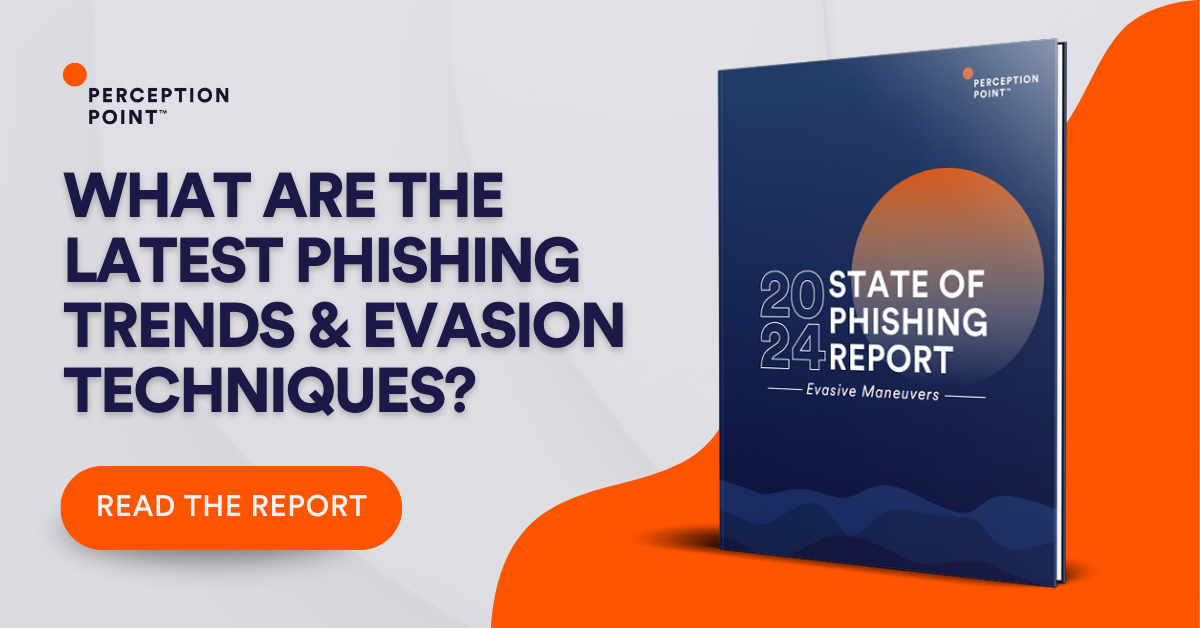Today we live in a world where going online has become necessary for our everyday lifestyle. However, this creates digital footprints that make our personal and confidential information more accessible to cyber attackers. There is a greater need for individuals to realize the impact of their digital activities, and how sensitive information can end up in the wrong hands.
Find out how your organization can protect confidential information from cyber attacks in the latest State of Phishing report.
In this article, we’ll dive deep into one of the many dangerous cyberattacks: Trap Phishing.

Trap Phishing: How It Happens
Hackers and cybercriminals are constantly on the lookout for security flaws in the system. The vulnerability of human error provides vast opportunity for trap phishing.
- The first step in trap phishing involves sending out generic emails, phone calls, and messages to the general public. Some Trap Phishing attacks also target individual organizations.
- After sending the attacks, the scammer waits for anyone to respond or, worse, play into their hand. Responding can manifest in many forms, including clicking on phishing links, downloading an attachment, or giving out the requested personal information (e.g. birth date, full name, or address).
- If you respond to the attack, various consequences can occur. The attacker may leverage the personal information you gave out to steal money and information or sell it to other parties. Additionally, the attacker could take control of your system by downloading malware onto your device.
We are now more involved in the digital world than ever before. From purchasing daily necessities on e-commerce sites to transacting money via mobile banking, we can easy and unknowingly give fuel to the cyberattackers’ Trap Phishing schemes.
Ultimately, all of your online activities make you a tempting target for cybercriminals. You never know who is following you for nefarious reasons.
Related content: Read our guide to phishing detection

Tal ZamirCTO, Perception Point
Tal Zamir is a 20-year software industry leader with a track record of solving urgent business challenges by reimagining how technology works.
TIPS FROM THE EXPERTS
- Utilize email filtering with AI-driven threat detection. Enhance your email security by using advanced filtering solutions that employ machine learning to detect unusual patterns and potential phishing attempts. These solutions can adapt over time, recognizing new phishing techniques and reducing false positives.
- Implement strict email authentication protocols. Ensure that your organization enforces DMARC (Domain-based Message Authentication, Reporting & Conformance), SPF (Sender Policy Framework), and DKIM (DomainKeys Identified Mail) protocols. These help verify the legitimacy of incoming emails and prevent attackers from spoofing your domain.
- Conduct regular social engineering penetration tests. Periodically test your organization’s resilience to phishing attacks by conducting social engineering exercises. These simulations can help identify vulnerable employees and provide insights into how well your current training is working.
- Deploy zero-trust access controls. Implement a zero-trust model where users have minimal access to resources unless explicitly allowed. This limits the impact of compromised credentials from a phishing attack, as lateral movement within the network is restricted.
- Institute multi-factor authentication (MFA) universally. Apply MFA across all critical systems and services, even for internal applications. This extra layer of security makes it significantly harder for attackers to gain access, even if they’ve successfully phished a password.
Tips to Avoid Trap Phishing
But there is a silver lining. There are several ways to prevent phishing traps from happening to you and your organization. Here are some of our tips:
- Avoid Oversharing on Social Media: Posting about your daily life on social media is not a bad thing. However, be cautious when using your personal and work accounts in transacting online. You may unknowingly disclose personal information to the public by sharing it on social media.
- Change Your Passwords: Accessing websites requires you to login credentials, passwords, pins, and codes. Changing passwords every 2-3 months can mitigate the risk with online transactions.
- Avoid Giving Out Personal Information: Be very wary about emails that ask for your address, phone number, or birthdate, especially if it’s out of the blue.
If you would like to learn more about how to better protect yourself and your organization from Trap Phishing scams, be sure to check out the phishing resources on our website.
Here’s some related content you may enjoy: How to Prevent Phishing

Trap phishing is a type of phishing attack that capitalizes on human error to extract information or resources. Many people have suffered financial losses and reputational harm due to trap phishing, which is becoming increasingly more common these days.
Hackers and cybercriminals are constantly on the lookout for security flaws in the system. The vulnerability of human error provides vast opportunity for trap phishing.
1. The first step in trap phishing involves sending out generic emails, phone calls, and messages to the general public. Some Trap Phishing attacks also target individual organizations.
2. After sending the attacks, the scammer waits for anyone to respond or, worse, play into their hand. Responding can manifest in many forms, including clicking on phishing links, downloading an attachment, or giving out the requested personal information (e.g. birth date, full name, or address).
3. If you respond to the attack, various consequences can occur. The attacker may leverage the personal information you gave out to steal money and information or sell it to other parties. Additionally, the attacker could take control of your system by downloading malware onto your device.
There are several ways to prevent phishing traps from happening to you and your organization. Here are some of our tips:
– Avoid Oversharing on Social Media: Posting about your daily life on social media is not a bad thing. However, be cautious when using your personal and work accounts in transacting online. You may unknowingly disclose personal information to the public by sharing it on social media.
– Change Your Passwords: Accessing websites requires you to login credentials, passwords, pins, and codes. Changing passwords every 2-3 months can mitigate the risk with online transactions.
– Avoid Giving Out Personal Information: Be very wary about emails that ask for your address, phone number, or birthdate, especially if it’s out of the blue.























